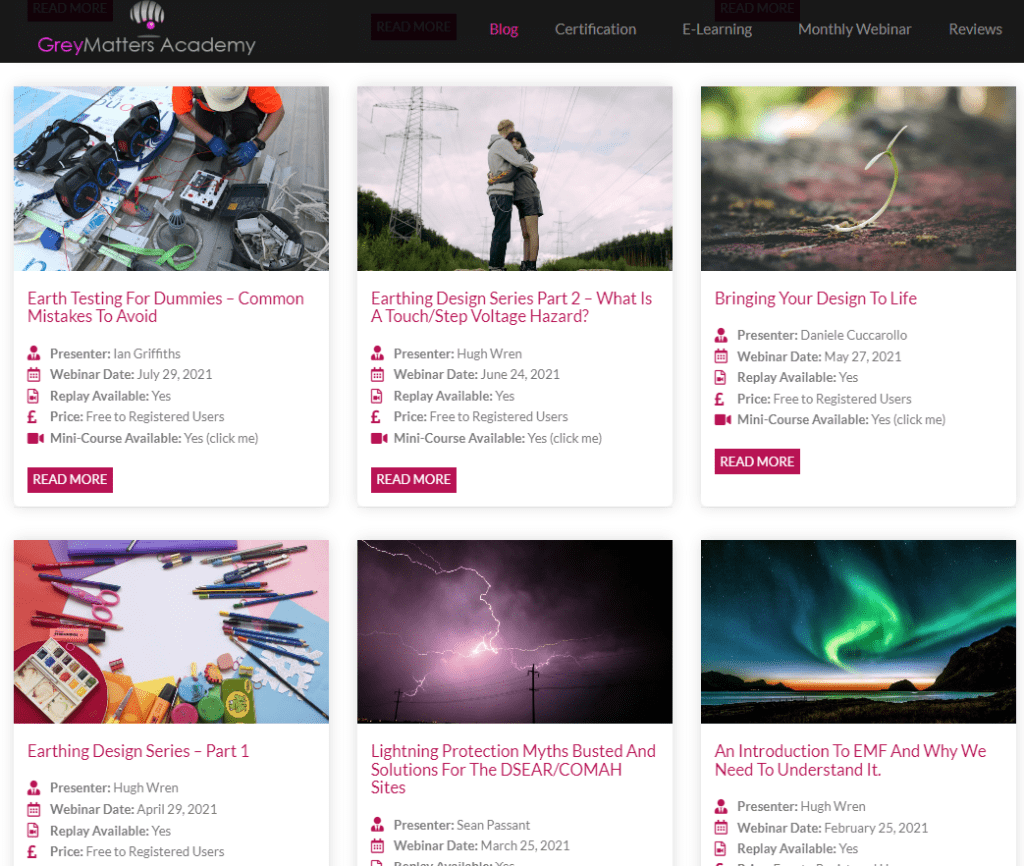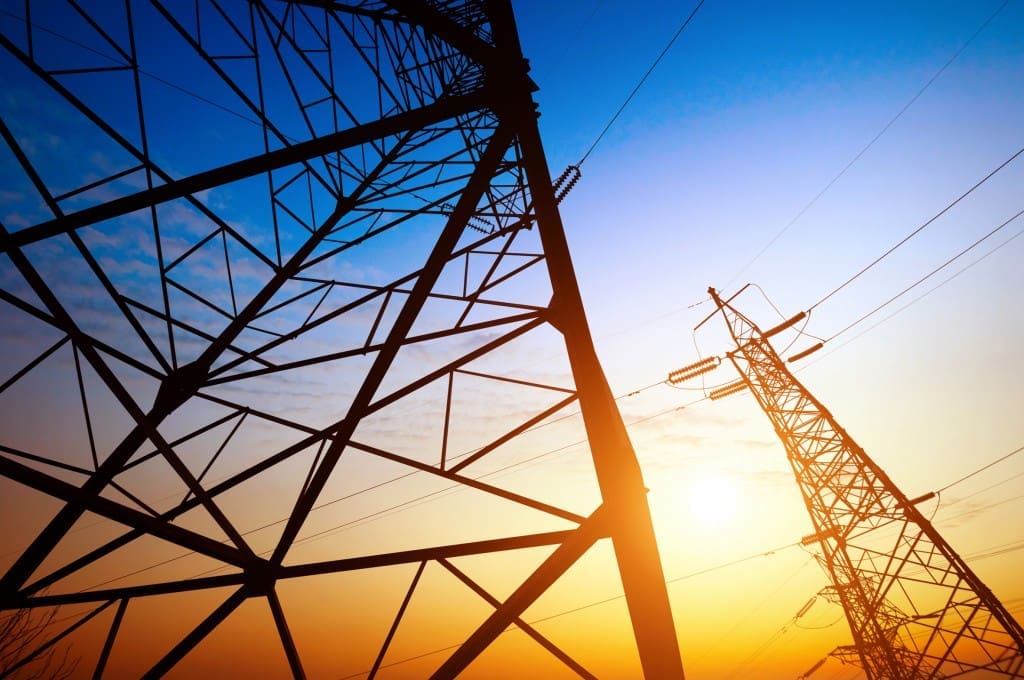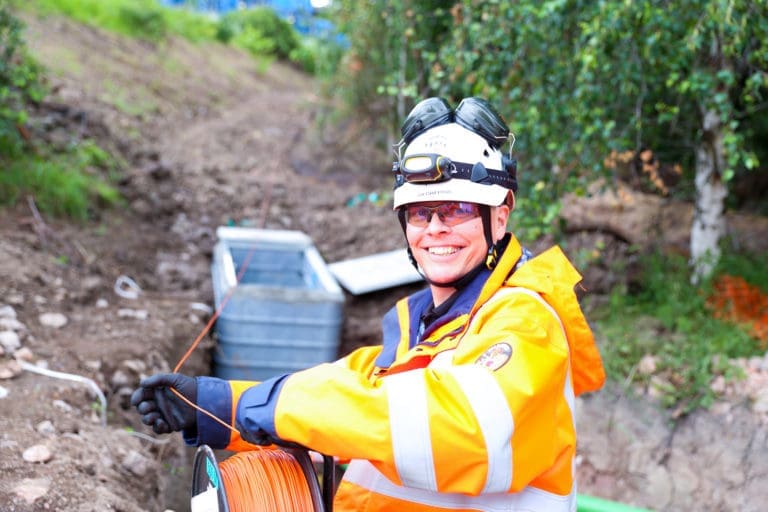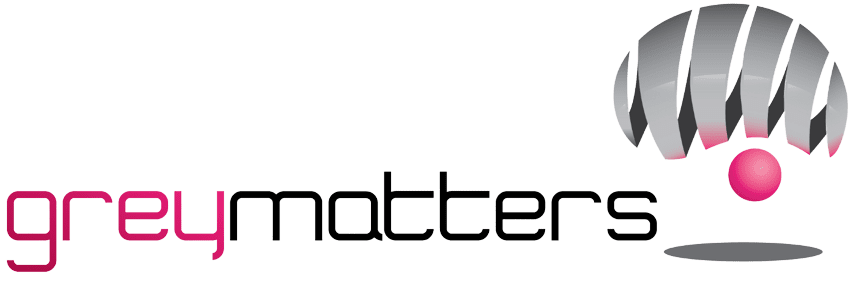Are you involved in Power Systems Design? You can now watch tens of hours of webinars in just a few minutes as I’ve summarized the top 3 ideas from over 17 technical webinars during the past 12-months.
Good morning and welcome.
We’re back. After months of isolation and working remotely, we’re back inthe office, I can’t believe it is brilliant. Anyway, here we are.
Okay. I’ll try and contain my excitement if you’re new here. Hi, my name is Ian Griffiths. I’m the Principal Consultant here at GreyMatters. And we aim to protect life from the harmful effects of high voltage that includes lightning.
And the lightning reference becomes very relevant with the topic of today.
So okay, November was the last webinar, it seems an absolute age ago. I think, need to get back on the horse and get back inthesaddle again.
We are back!
So here we are, first one of 2022. It’s going to be short and sweet, simply because what we’re going to do is I’m going to talk about the reviewing top three guest presenters from last year. And these are the sessions, the webinars that gave most learning value towards power systems design, in my opinion.
Free Webinar Replays
Anyway, so without further a do, I’m going to jump into our Academy website, Greymattersglobal.academy, the blogs section.
The blog section is basically where all the back catalogue of replays is contained, as well as the paid for eLearning stuff. So, there’s paid stuff on here, and there’s free stuff I’m going to jump through as you go, it should be fairly evident which parts are free and which aren’t, are paid for. So, in these monthly webinars are recorded replays, every one is free. There’s over 21 hours here from just from last year alone!

And the idea behind this is that these specialist topics on Power Systems Design come from questions that we received during the month – And they need answers!
And they are typically answers that you can’t get from anywhere else other than a specialist. So, these aren’t taught formally, in the universities or colleges that I’m aware of. These are things that you learn from the University of hard knocks. – Experience!
So, for example, if you are struggling doing an earth test in a built-up city, London, Milan, or wherever it happens to be, you’re really struggled to do a long lead Earth test. And here’s a few kinds of strategies in in this piece from Hugh, that cover how you can overcome that.
#3…
So, I’m going to choose the top three pieces from guest presenters from last year in reverse order. In position three, we have, drum-roll please, we’ve got bringing your design to life by Daniele Cuccarollo.
Now, we had some technical issues at the time with the audio. So, I’ve spent a little bit of time just polishing those out and voice overing.
Google Earth & XGSLab
So, what I love about this, and this piece is that it was showing software, two different completely different pieces of software, Google Earth, and XGS labs. And it was showing how to integrate and the value that integration, what that can give the clients in terms and yourselves in terms of understanding the context and the impacts to the neighbours if you like and putting it in a visual way. And you can see it’s a pretty extensive size model.
It covers some pipelines stuff. So, in a corridor with no headline so you’ve got like an impressive voltage being induced into the pipe. And it covers quite an extensive area. Now, what really kind of blows me away every time I see it really not just here, but when I’m actually doing the studies.
It’s actually seeing the conductors in the space from street view. I mean, come on. It’s just I know this is technologically not that much of an ask. But it is really when you think about it. If you turn the clock back sort of 10-15 years, there’s no way you would have been considered this. And just imagine where this is going to go in another five to 10years’ time from here.
So, this for me was kind of blew me away in in a nice way, it’s superuseful for when you’re doing EMF studies. So, electro magnetic field studies that you can see the over sailing conductors and you can see what’s underneath them. You can get an intuitive idea of whether it’s going to be a problem or not.
So yeah, number three, Daniele Cuccarollo, and bringing the design to life by using other outside third-party bitsof software like Google Earth. And you can only do that really when you’re using modern software.
#2…
So, number two, let’s dive straight in. I feel like a DJ, to be honest, doing the countdown. Anyway ,number two, here we are modelling lightning strikes using XGS, you’ll love this one. This is amazing. If you haven’t seen it this before, this is a real stand out one.
Now, you’ll notice on all of these tiles, you’ve got this mini course availability. If it’s got a yes means you can click it and you will be taken to your dashboard. And the course content, you can play the course content from there. And I’ll show you once we played it, what happens, and you have a certificate to download. To demonstrate, you’ve got your evidence for your continual professional development side of things that you’ve got your hours in. Here is your evidence to show that you’ve actually watched and learned something.
Now this is becoming particularly more onerous a task, the institutions now are requesting that you do this as a mandatory thing to keep your professional status inactive. And you should in the UK, at least it’s you should have at least 35 hours’ worthof content that you’ve consumed. And that you can prove that you’ve consumed it. So,this is our way if you like that you can use our stuff to help you keep track of where your CPD is.
And I’ll come back to the tracking in a little bit.
But okay, going back to advanced piece here, this is number two.
What the standards say
Now, what stood out for me on this piece is that Ivan answers a question, a really delicate question at the moment is very topical relating to one of the key standards in the world, which is IECEN 62305, which is 400 pages of technical guidance is amazing piece of documentation. It’s actually broken down into four parts, if you’re not aware of it just to try and make it make it a little bit more consumable.
But Ivan answers a question where the standard gives you all the guidance, you need to design an appropriate system to protect your building to protect people to protect the insides of the building, the electronics and all the rest of it, and gives you the guidance really well delivered, well produced and everything else. Within that it says if you have a problem with touch and step potential, then here are the other measures that you need to adopt to mitigate and take that off the table. The problem is, is before getting to that guidance, you’ve got to be able to identify that you have a problem in the first place.
Do you have a problem with step and touch?
You have to be able to calculate what the touch and what the step potentials are. To be able to say,
“Do I have a problem? Yes?
Or do I have a problem? No”.
And the standard as it stands at the moment (and I’m sure there’ll be addressing this in future iterations)…the standard as it stands at the moment, doesn’t give you any guidance on HOW you should go about determining whether you’ve got a problem on the step and touch.
But Ivan goes through a very clear and concise process that you can use to take you through that and bridge that gap. So, you can, if it’s a mission critical kind of application or project make sure you’ve got a compliant design. Yes, technically, you’ve done everything to the guidance. Great. You’ve taken it to the next step and answered question these are the protection measures in place. Do you have a problem with touch and step? You can answer that yes, or no? Yes, I do have a problem because I’ve done the calculations as Ivan suggested, okay, you can go to the next stage to say well, now thatyou’ve identified that you’ve got a problem here are the steps you can take to mitigate.
So, this, for me was a really useful piece of content that really had value. And I’d say I’m very grateful for Ivan for, for sharing his thoughts on this. And I won’t show too much of it. Because you know, it’s there to be consumed by you.
Modelling lightning strikes
Instead, I’m going to show you where you can actually see your content in one place. So, if you go to my dashboard, we should now see that we’ve got the tick against the modelling, lightning strikes using XGS and it’s complete. And here are all the other ones. So, as you go through consuming these bits of micro learning, if you like, then you will get the opportunity to have a downloadable certificate so you can evidence for your CPD. So,I just wanted to bring that to your attention. That’s at your finger tips now and it costs nothing.
#1…
Okay, number one, the big drumroll at home is going to webinar replays. Okay, who’s going to get the number one spot? I’m looking and I’m looking, I’m not saying there it is.
Right?
It is SeanPassant, and lightning protection Myths Busted and solutions for the DSEAR and COMAH sites. For those of you that are watching this from outside the UK, you want probably wondering what on earth is DSEAR, and who is this COMAH guy?
What is DSEAR?
Well, dangerous substances explosive atmospheres, regulations, dangerous substances, explosive atmosphere regulations. That’s what the DSEAR stands for. A COMAH site is control of major accidents and major accident and hazards. Basically, if you’ve got one of these sites, you have the potential to take out a huge amount of damage on your, or on your neighbours, or on your surroundings in the environment. So,this would be you Piper Alpha kind of thing, and refineries. Anything that has an explosive atmosphere that could take in multiple casualties is one that would be on the register.
BS EN62305
So, Sean, and the takeaway was relatively simple, but it had much wider implications here that when you’re doing a design for lightning protection, it’s very easy to fall into this trap of just focusing on one of the standards, which in this case would be BS EN62305. Or, if you’re in the States, NFPA 780 and the other IEEE standards. So it’s very easy to focus just on one standard and take that through and think yes, I’ve done it. I’ve done a complex design, it’s compliant. I’ve done due diligence; I’ve considered all the rest of it.
But have you?
And one of the learnings from Sean’s piece was actually guys, there are another raft of equally relevant, if not more important standards that you need to consider in a holistic kind of way.
So that was the key takeaway from Sean’s piece. And he did it did it in an entertaining way with some video of things exploding. Some slow-motion video of lightning protection systems thathave been subjected to 100kA of lightning energy and what happens, you know, the sparks the sources of ignition that can arise from that.
So, thank you,Sean.
For me, this was the top standout piece from 2021. So many thanks.
Stay Engaged
Again, if you want to see these, they’re all in the webinar blog section, I should say, in the webinar replay section, which is further down the page, and there are 17 at the moment, and that’s growing,and it will continue to grow. They’re all they’ll continue to be free to tap into and to and to dip into in any time in the future.
Training – Power Systems Design
We also do the paid stuff. And this is for example, there’s a four-day course or a certified certification course for those that are looking to the electrical power systems design sector side of things. You need to have this to be able to prove your competence. So that there’s, you’re taking the risk off the table.
If you’re a client, you’ve got to make sure that the people that are designing your systems are formally qualified, otherwise, you’re leaving yourself wide open. So, there’s some paid eLearning available here, which is on an introduction to Earthing, this is done in a very video rich way. It’s intuitive,there are no sort of heavy calculations or theories, there are concepts that you need to look at, there are animations that go through the concepts in a way that should, the goal is that anybody can understand the principles and where we’re coming from in terms of earthing design, it shouldn’t be a secret. So those are available.
Group Training
If you’re a person that has responsibility for keeping the competence of a group of your employees up to up to speed, then these can be purchased on a on a group licensed basis. And what that does, it gives you the ability to let me just go back to the dashboardand the group.
The one that’s active for me 25 seats for this introduction to our thing, and I want to know if my guys arethey picking up the information, how they’re getting on? What’s their progress? Well, you can actually interrogate this from your dashboard, whether they’re completed or not started or in progress, so you can kind of pick up what’s going on with your team. And, you know, if the people haven’t got to it yet, then you can give them a poke and say, Look, you need to get this done by the end of the month, otherwise, there’d be some kind of outcome.
Round up
Anyway, so that’s it for me, you’ve heard from me today, my top three starting with
- Daniele Cuccarolloin using Google Earth as the representation in the realworld.
- Second, we haveIvananda way ofmodellinglightning strikes in a practicalwayenough toidentify whether you’ve got a problem with your touch and step voltage levels on your design on youron your site.
- And Top of the Pops for last year is Sean with his busting of myths with the DSEAR and the explosive sites and the use of the rolling sphere approach and the standards to holistically look at so that you get a fool proof design for your electrical power system.
So that’s it from me. Thank you very much for your attention today. So, until next time, I’ve got to thank everybody behind the scenes and we’re back in the office again. So no more screaming cats, dogs and postman knocking on the door right in the middle of a meeting was great. And take care be safe and I’ll look forward to seeing you next time around until then. This is Ian from GreyMatters out!









